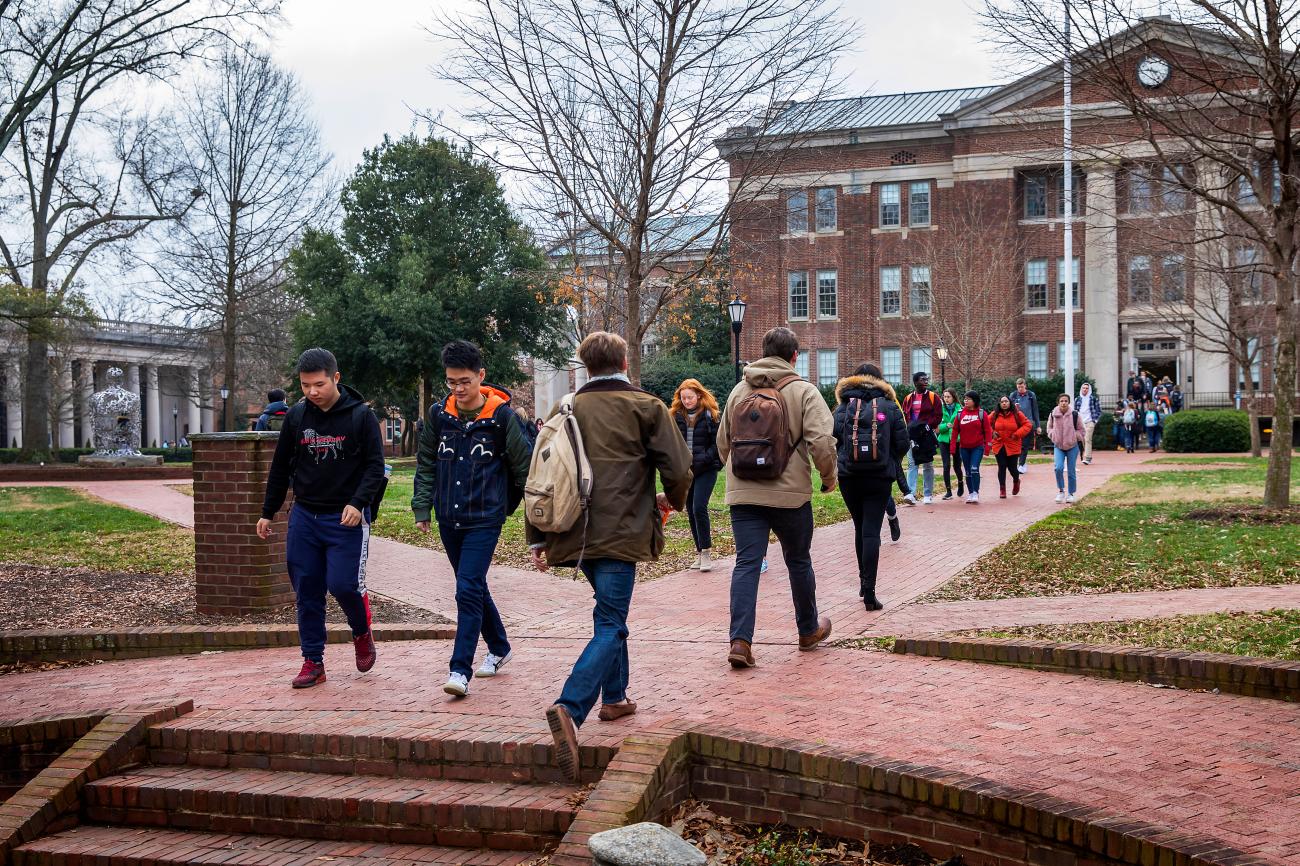All universities and colleges have security on their campuses. There are over half a million violent incidents on American campuses every year. I was completely shocked to read this statistic. This is a shocking and also disturbing statistic. That’s about 1400 incidents per day. I have 4 children and two of them have gone to University already. It was even more of a surprise that 126,000 of those incidents include a weapon, a knife or a gun. These are disturbing statistics for our society as a whole. But for those of us with university age young adults that are on these campuses, it’s a nightmare.
Where’s Campus Security?
There are about 7,000 public and private colleges and universities in the US. Where’s the campus security? Universities and colleges have spent all kinds of money is being spent on fancy gyms, beautiful and luxurious dorms and other high end accoutrements. Security wasn’t the highest priority in spending. However,, most campuses have installed ‘panic buttons’ all over their properties so students can call for assistance from anywhere. So why are there so many incidents still happening? Why isn’t more money going to protect our kids? They are our future after all – figuratively and literally.
Panic Buttons – Are They the Answer?
Let’s think about how this works. First, if you are being harassed or assaulted, you need to get to a panic button. Otherwise how will campus security know you’re in trouble? Since no one would expect a student – or faculty member – to have these locations memorized. So we can assume they are easy to spot. Okay, that’s reasonable. But easy to spot works both ways. If I’m a bad guy, I know where these panic buttons are located. And if I have half a brain I’m not going to make my move close to any camera, not just those on the panic station. But let’s assume that not all bad actors are good planners. So sometimes the person being aggressed could outrun or maneuver to the call button. And then what?
Even a 360º camera has a limited range or view. A PTZ or motorized camera can only follow the action iin one of two ways. Either there’s a very highly trained operator available at the moment of the alarm. Or the system has some sort of analytics that slave the action of the camera to follow a pre-proscribed parameters. And even the university cited in this article isn’t using such technology at this time. Even when this technology is widely adopted and ML or AI can follow the action and track the attack, how does this help the person who needs help? How does this translate to the field?
Help in Real Time
Most of the time, it doesn’t. Most of the time campus security incidents are being recorded for after the fact analysis. In the best case scenario, the local campus police are quickly and efficiently dispatched to the scene. However, it’s highly likely that the ‘action’ will have moved far from the place the call was initiated. It’s also well known that communications between operations and field personnel are often challenging. And awkward directions lead to delays and delays lead to higher casualty counts.
Ideally, the local guard or campus police officer has a real time view of the scene of the incident. That way he or she can follow the action to intercept the aggressor and limit any assault or worse. Real time situational awareness makes real time response much easier. It also allows the responder to approach the situation with maximum tactical advantage but without delay. This is especially crucial when there’s a weapon involved and the injury has the potential to be life threatening.
Learn more about how Liquid360 can offer you an augmented reality view for security on your campus.

